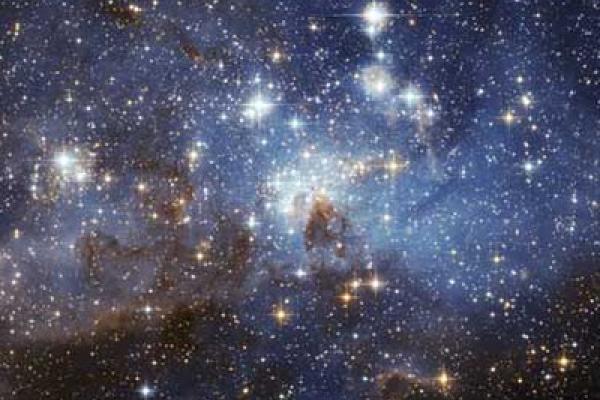
Radiation feedback and the destruction of cluster-forming molecular clouds
Eve Ostriker - Princeton University
Star formation "feedback" takes many forms, with the common feature that energy created by young stars is returned to the interstellar environment from which they were born, and that this strongly affects evolution of the surrounding gas. Radiation is energetically the dominant form of star formation feedack, and both ionizing and non-ionizing UV radiation from OB stars is believed to be important to the dispersal of giant molecular clouds (GMCs). In this talk, I will review the properties of GMCs, explain the key dynamical processes induced by radiation, and present results from numerical RHD simulations that resolve the detailed interactions involved. Notably, turbulence and the inhomogeneous density distribution it creates can signficantly reduce the effectiveness of radiation feedback compared to simple spherical models. Accounting for the effects of inhomogeneity, numerical and analytic studies lead naturally to predictions for scaling relations of mass-loss and outflow velocity distributions with system parameters. The implied star formation efficiency depends primarily with cloud surface density, approaching unity for very high values. While understanding the physics and observable consequences of star formation feedback in GMCs is not yet complete, recent technical advances and connections to many contemporary fields make this one of the most exciting current areas of ISM research.
Coffee and Donuts will be served at 3:30pm in 4054 McPherson Lab.
